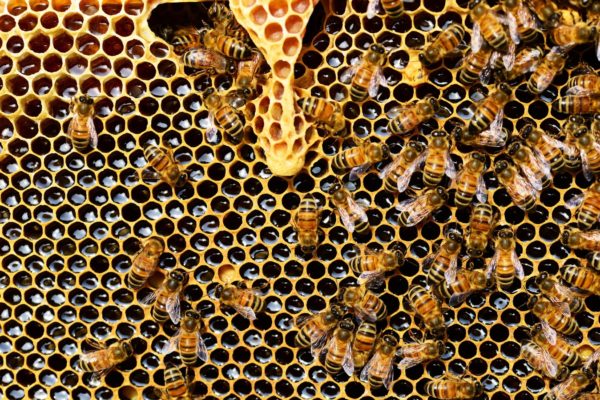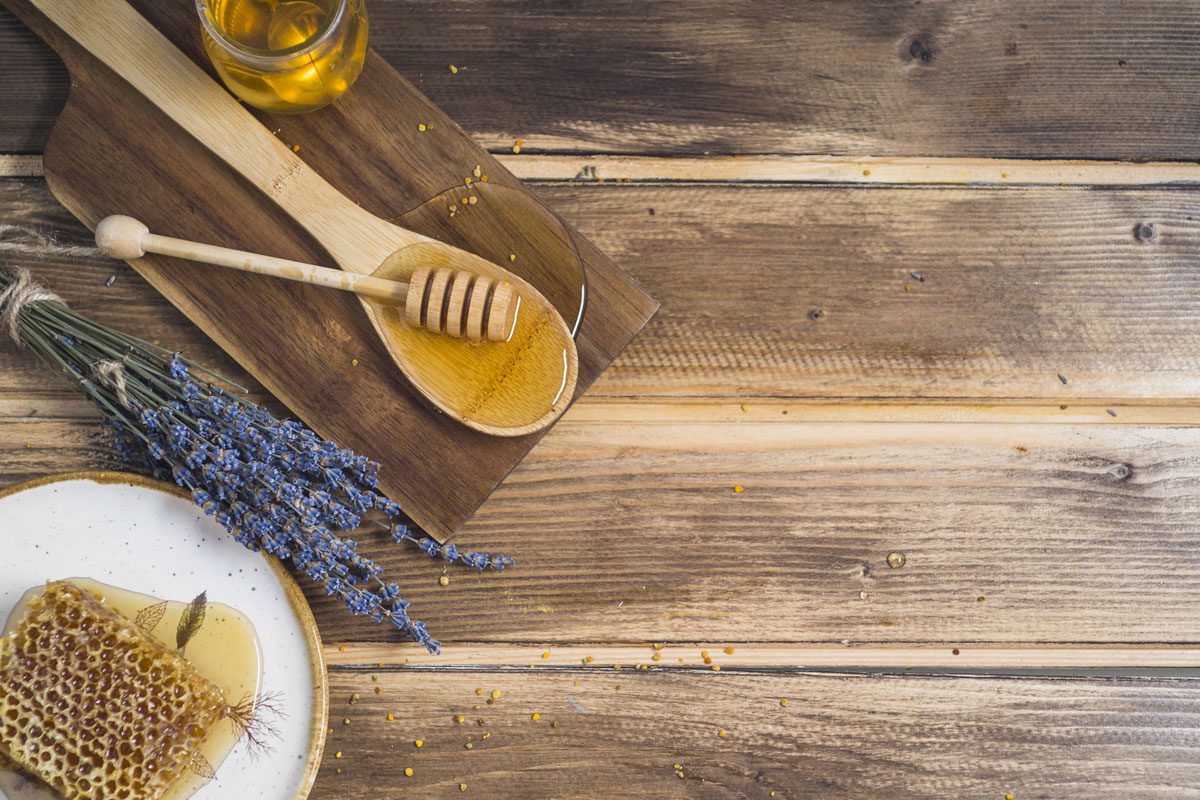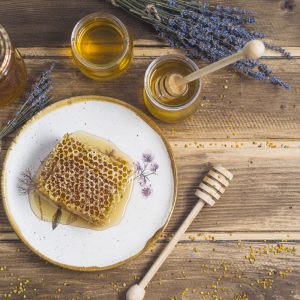Mutualistic biotic interactions as among flowering plants and their animal pollinators are a key component of biodiversity. Pollination, especially by insects, is a key element in ecosystem functioning, and hence constitutes an ecosystem service of global importance. Not only sexual reproduction of plants is ensured, but also yields are stabilized and genetic variability of crops is maintained, counteracting inbreeding depression and facilitating system resilience. While experiencing rapid environmental change, there is an increased demand for food and income security, especially in sub-Saharan communities, which are highly dependent on small scale agriculture. By combining exclusion experiments, pollinator surveys and field manipulations, this study for the first time quantifies the contribution of bee pollinators to smallholders’ production of the major cash crops, cotton and sesame, in Burkina Faso. Pollination by honeybees and wild bees significantly increased yield quantity and quality on average up to 62%, while exclusion of pollinators caused an average yield gap of 37% in cotton and 59% in sesame. Self-pollination revealed inbreeding depression effects on fruit set and low germination rates in the F1-generation. Our results highlight potential negative consequences of any pollinator decline, provoking risks to agriculture and compromising crop yields in sub-Saharan West Africa.
Category: Honey
Definition of the honey naturalness
Raw vs. Pure vs. Natural
Not all honey is equal. All honey comes from the same place, but labels stating the honey is raw, pure or natural can get pretty confusing. Ever stood there looking at “natural honey”, “pure honey”, “creamy honey”, “real honey”, “raw honey” on the honey jars and just scratched your head?
Too many questions? Not sure which honey to buy?
So, what is the difference between natural, pure or raw honey?
And what does it matter? All honey is natural, isn’t it?
Honey can be pure without being raw. Raw honey is typically pure and natural, but pure and natural honeys aren’t always raw.
Well, that helps, not!
Natural Honey
The term natural implies that the honey you’re buying doesn’t include any added colour, artificial flavour, or synthetic substance, but it is probably processed.
Pure Honey
With pure honey, no additional ingredients, such as sugar, corn syrup, or artificial or natural flavouring have been added. Pure honey can also be clover, bush, manuka or pohutakawa honey, depending where the bees have got their nectar from. That’s straightforward enough. The confusion begins when pure honey is sold as containing pollen and active enzymes, which it may well do. But pure honey is not raw, unfiltered honey unless it categorically states that on the label.
Unless you see the term “raw honey” on a label, you can assume that it’s been processed: heated.
 So What?
So What?
Honey is best eaten raw and unprocessed.
Raw honey is unfiltered, unheated, unpasteurized and packed with good-for-you antioxidants, vitamins, anti-bacterial and anti-viral properties. With raw honey, as with many foods, any form of heating is avoided to ensure all the natural vitamins and living enzymes and other nutritional elements are preserved.
Most honeys, including pure and natural ones, are treated to prevent fermentation and to preserve it in a liquid state to prevent crystallisation.
Collected straight from the honey extractor, the honey is totally unheated, unpasteurized, unprocessed honey.
In summary:
- Natural means no artificial additives.
- Pure means no additives whatsoever (even natural ones).
- Raw means no additives or processing: neither heated nor filtered.








